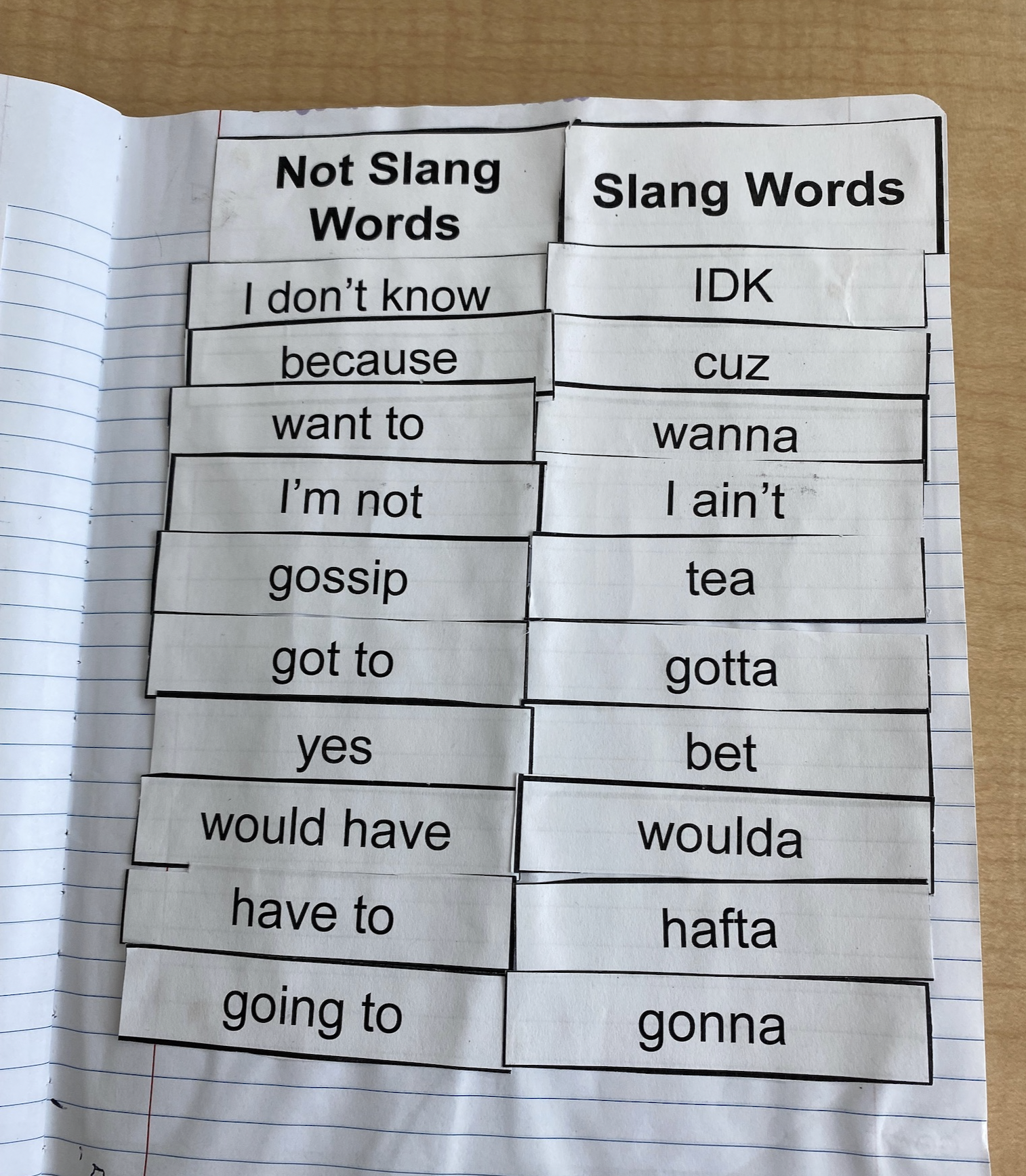Concept sorts introduce students to the vocabulary or ideas of a new topic or text. Students are presented a list of terms or concepts and have to determine how they are related by placing them into different categories. When used before reading, concept sorts provide an opportunity for you see what your students already know about a given topic. After you’ve completed a reading or unit of study you can use them to assess your students’ understanding of the concepts presented.
Why use concept sorts?
Concept sorts have been shown to be particularly beneficial for ELL students but are great tool to have students dig into a topic and consider what they and others know. Students can work independently to complete sorts but there are powerful learning moments when students come together in pairs or small groups to compare and contrast their sorting process with one another. Teachers love concept sorts because they are interactive and can quickly give you an idea of what your students know and don’t know about a topic so you can tailor instruction accordingly. They are also an easy way for students to review what they’ve learned and for you to informally assess their learning.
How to create and use them
- Introduce the book or topic to be read
- Choose relevant, important vocabulary terms or concepts to present
- Write or print out the terms or pictures of concepts on cards (one term per card), making several sets
- If students are completing a closed sort, provide the headers for the categories so students know the parameters for how they should sort the cards.
- Make sure you review the headers and what the mean before students begin sorting on their own.
- If students are completing an open sort, make sure to tell your students they can sort the cards any way they want but they should be prepared to share their categories and why they chose them with their partners, small group, or the whole class.
Strategy in action
Let’s watch as a middle school teacher uses a concept sort with her students to determine words that describe how an animal moves versus how an animal sounds.
Tips for success
- How do you decide if you should use open or closed sorts? It depends on your students and the topics. With open sorting students freely sort concepts into categories they determine on their own and are “open” to make as many or as few categories as they think are needed to explain the concepts/words. Adolescent learners often love open sorting but students with limited vocabulary or conceptual knowledge benefit from the categories being initially provided (closed sorts).
- Do you just use words or pictures in a sort? As the saying goes, a picture is worth a thousand words. We often think of picture sorts (a type of concept sorts) for younger learners but given age appropriate pictures, mixing picture and words within a sort can be an engaging approach to preview and review concepts with your adolescent learners.
- With all sorts it is vital that students not just sort things into categories, but consider why they sorted them in a particular way. For both open and closed sorts you want to model how to explain to a partner or small group your sorting decisions.
- Using a non-academic sort is usually a fun way to introduce or review the idea of concept sorting to students and expectations for comparative analysis. Here are two example, concept sorts that are a fun way to introduce the idea of learning what something is by what it’s not (e.g., sorting). Make sure to ask students what kind of conversations they had with their partners and small groups about how they sorted. Were they in complete agreement or did they have to talk about how a few of the concepts/pictures/words should be sorted and why? The conversation matters!
Here is how one middle school teacher introduces concept sorts with her students each fall.

